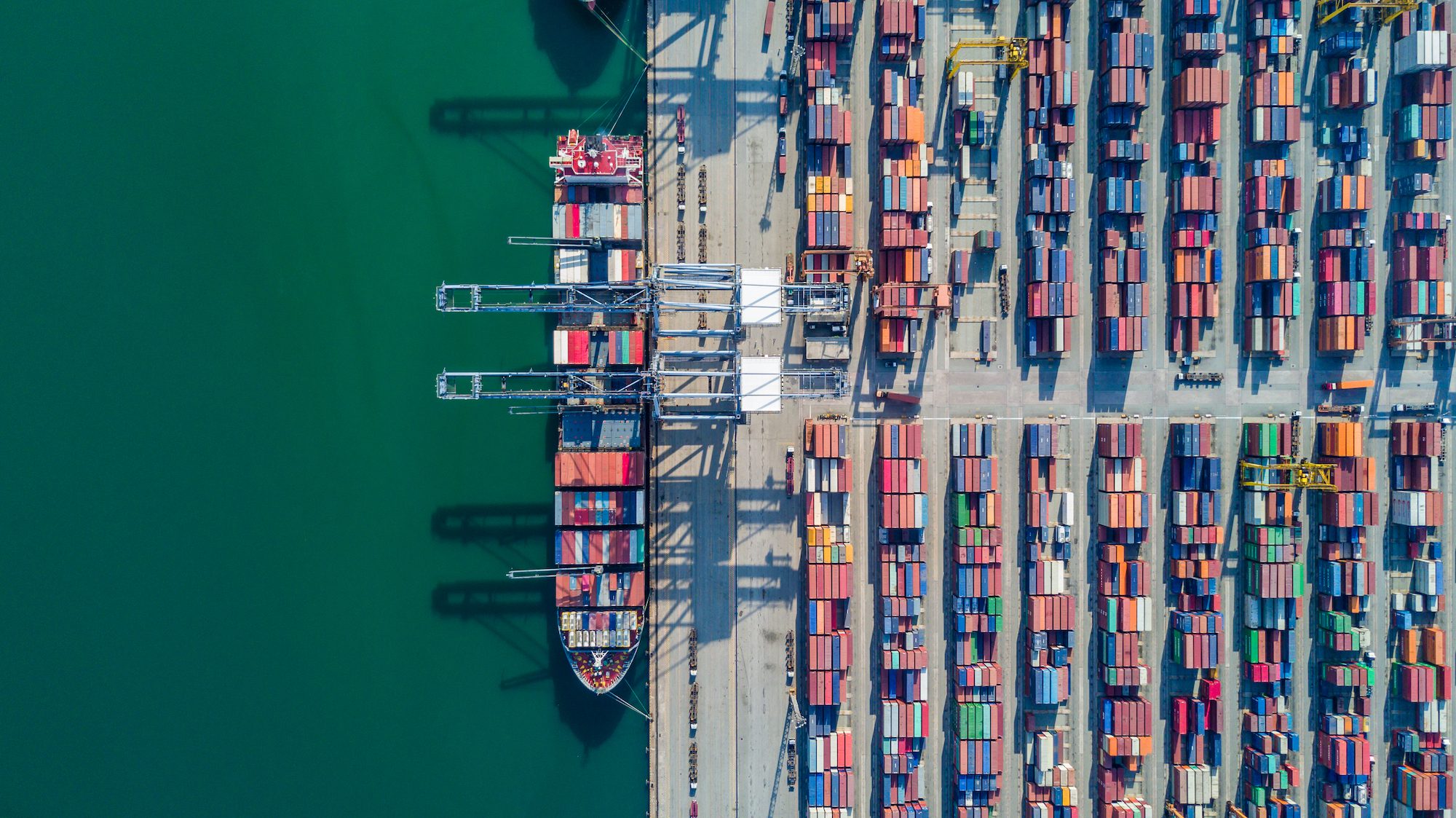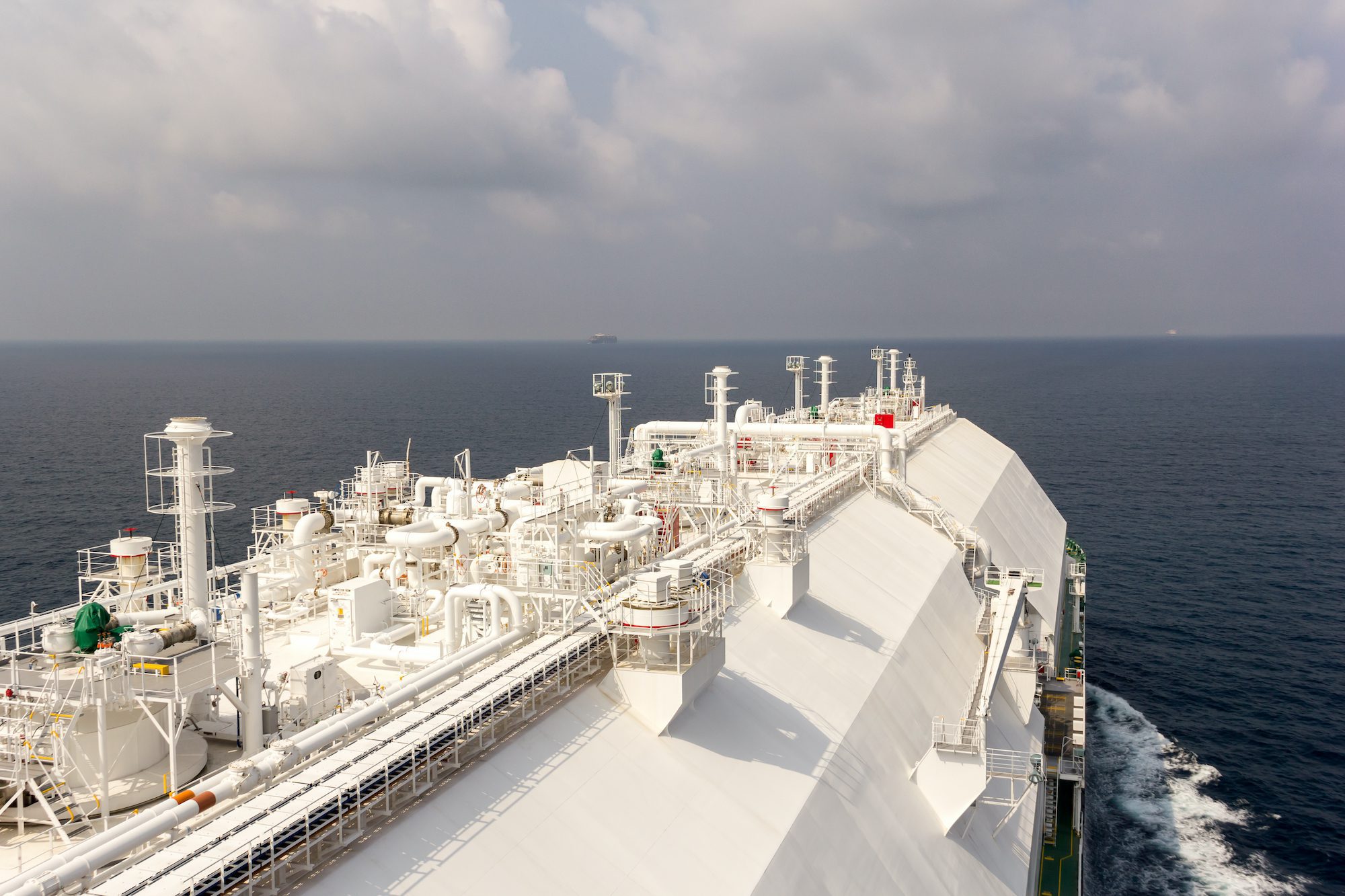By Gavin van Marle (The Loadstar) –
Despite the huge uncertainty US tariffs have injected into container supply chains, and its potentially schizophrenic effect on demand, spot freight rates this week remained relatively strong.
Despite widespread reports of booking cancellations and suspensions on trades into the US, Drewry’s World Container Index (WCI), which records rates paid in the past week, saw marginal gains on almost every east-west trading route.
And today’s Shanghai Containerised Freight Index (SCFI), recording rates quoted in the past week, suggests next week will see continued slight increases on Asia-Europe trades and declines on transpacific pricing.
The WCI’s Shanghai-Los Angeles leg rose 3% week on week, to finish at $2,815 per 40ft, while its Shanghai-New York leg was up 2% on the previous week, to end at $3,976 per 40ft.
However, today’s SCFI reads a 5% week-on-week decline on its Shanghai-US west coast base port route, and a 2.5% decline on the Shanghai-US east coast base port route.
Historically, spot rates on the transpacific play a far lesser role than on other trades, especially Asia-Europe routes, with far more cargo traditionally moved under long-term contracts.
However, the recent tariff chaos is forcing many beneficial cargo owners (BCOs) to re-evaluate that approach, freight forwarder Zencargo’s VP of growth and expansion Michael Starr told The Loadstar this week.
“Some of our BCOs are telling us that they are going to allocate a lot more cargo to the FAK spot market this year than previous years – where typically they might leave 10% to 20% of their volumes on the spot market with the rest under contract, this year the spot segment is likely to be 40%-50%,” he said.
As far as transpacific long-term contract rate negotiations go, Mr Starr said the starting point for carriers so far had been $2,000 per 40ft for Asia-US west coast, but “it does look like our clients, which are mid-sized BCOs, mostly in the retail and high-value sectors, are coming in slightly under that, at the $1,800-$1,850 per 40ft, which is about a 20% to 30% increase over 2024”.
However, forwarders in China reported a challenging week in terms of demand, as different shippers reacted in a range of ways to the flip-flopping tariff announcements.
“Some cargo which is not yet booked is cancelled or held off,” one Shanghai-based forwarder told The Loadstar. “Some cargo, after its customs entry, was requested to be withdrawn from customs. We heard some exceptional cases where cargo already on the water was abandoned by customers, since nobody would absorb the additional tariff.
“Other cargo was not affected after the shipper got confirmation from their US customer, and still moved on schedule – most shippers and consignees have been talking about possible alternative options and solutions,” he added.
On the Asia-Europe trades, carriers’ capacity withdrawals appear to have stabilised this year’s spot rate weakness, with the WCI’s Shanghai-Rotterdam leg ending the week 4% up, at $2,392 per 40ft, and its Shanghai-Genoa leg up 1%, to $3,071 per 40ft.
The Shanghai-North Europe base port component of the SCFI was up 1.5% this week, to $2,712 per 40ft, and the Shanghai-Mediterranean base port leg up nearly 6%, week on week.
Forwarders on the route report that pricing among carriers remains highly competitive, however, with Maersk, for example, quoting $1,600 per 40ft on a pre-paid basis, from the second half of April, to European destinations.
“Many European carriers are trying to stick steadfastly to a spot rate of $2,000 on Asia-Europe, while the Asia carriers are more willing to negotiate,” one forwarder said.
The Loadstar is known at the highest levels of logistics and supply chain management as one of the best sources of influential analysis and commentary.

 Join The Club
Join The Club











